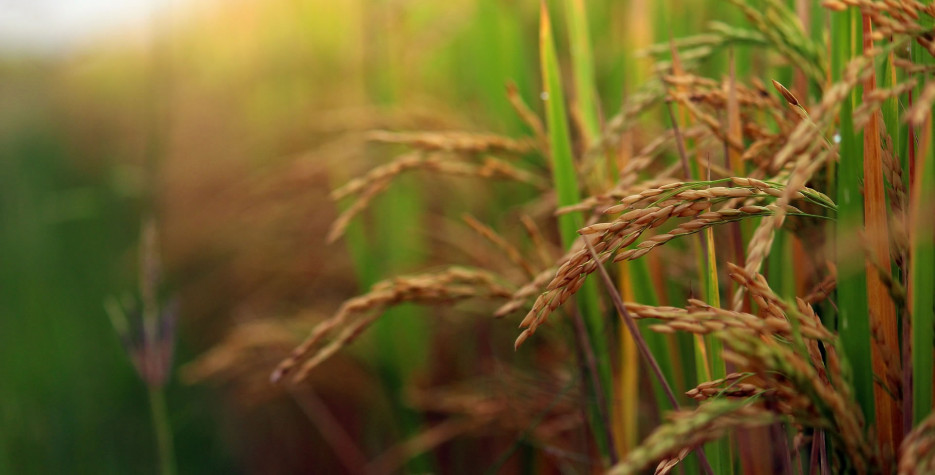When is Nuakhai?
Nuakhai is a regional public holiday in the Indian state of Odisha on the day after the Ganesh Chaturthi festival. This is the panchami tithi (fifth day) of the lunar fortnight of the month of Bhadrapada or Bhadraba. This means it falls in either August or September in the western calendar.
Traditions of Nuakhai
This is an agricultural festival of the people of Odisha. The festival is observed across the state, but it is particularly important in the life and culture of Western Odisha. It is also celebrated in the neighbouring area of Simdega in Jharkhand, where Odia culture is predominant.
Nuakhai is also called Nuakhai Parab or Nuakhai Bhetghat. The word 'nua' means 'new' and khai means food, so this is a harvest festival to celebrate the gathering of the rice crop.
In the eastern coastal area of area, the Nabanna festival is observed instead of Nuakhai. Nabanna also means 'new rice' but this time in Bengali.
The festival celebrated at a particular time of day which called 'Lagna' (propitious moment). A traditional rice cake called Arsaa pithaa is prepared to celebrate this festival. At the lagna time, the new rice is offered to the Goddess Samaleswari.
Nuakhai is thought to date back to Vedic times, about 3,000 years ago, when the sages recorded panchayajna, the five important activities in the annual calendar of an agrarian society. These activities are sitayajna (the tilling of the land), pravapana yajna (the sowing of seeds), pralambana yajna (the initial cutting of crops), khala yajna (the harvesting of grains) and prayayana yajna (the preservation of the produce). Nuakhai evolved out of khala yajna, which involves cutting the first crop and reverently offering it to the mother goddess.


